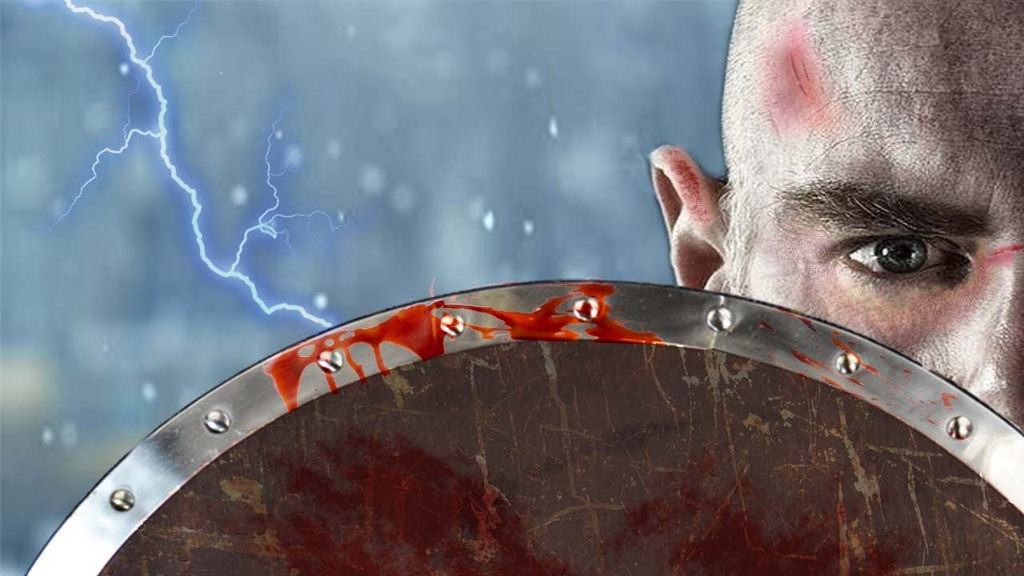Forseti: Son of Baldur and God of Justice and Reconciliation
Forseti was among the most obscure gods in Norse Pantheon. As names like Odin, Thor, and Loki have been gaining more and more reputation, gods like Forseti are being pushed into oblivion. But every detail and every figure in Norse mythology is always worth our knowing.
Who was Forseti the god of justice and reconciliation?
In Old Norse literature, Forseti was mentioned twice. The first came from Grímnismál, a famous poem from Poetic Edda. The other source came from the writing of Prose Edda of Snorri Sturluson.
In Grímnismál, it mentioned the great hall of Forseti where he would dwell in and hold judgement courts.
Glitnir is the tenth;
it is on gold sustained,
and eke with silver decked.
There Forseti dwells
throughout all time,
and every strife allays.
His dwelling place was called "Glitnir" which probably meant to shine brightly. It was a hall made of gold and silver. And the shields were decorated around the hall. Inside the hall lived the Norse god of justice and reconciliation. He held many judgement courts in his hall where he would settle disputes for people.

Forseti was the god of justice and reconciliation who lived inside the golden hall
This probably reminds us of the Viking Althing where disputes among the Vikings would be solved by the chieftain and the lawspeaker. Forseti wasn't representative of the chieftain but he was the lawspeaker.
Indeed, Forseti was the divine model of the lawspeaker who would recall the laws from his memory when the Viking Althing was about to happen. And the lawspeaker in the Viking Age was probably the one that made the final judgement over the dispute.
In the Prose Edda by Snorri Sturluson, Forseti was the son of Baldur and Nanna. In Norse mythology, Baldur was the son of Odin and Frigg the chief god and chief goddess of Asgard. However, many scholars still doubted whether this detail was an invention of Snorri Sturluson or not.
Forseti and Tyr in Norse mythology
The name of "Forseti" meant "The Presiding One" or "The President" in Iceland. Many scholars believed that the only thing about Forseti that was associated with justice was his name. They believed that Tyr was the actual god of justice in Norse mythology.
But this belief isn't appropriate at all. Because in Norse mythology, there were many figures that were associated with war. For example, Odin, Thor, Tyr, or even Freya were the gods of war. And each of them was associated with a different part of war. Odin would present the power of knowledge and tactics in war. Thor presented the physical strength on the battlefield while Tyr presented the laws and justice in war. That's to say their title could be the same but the qualities that embodied were different.
Tyr was the Norse god of justice yet the justice qualities he embodied were the justice in actions. It meant the justice that Tyr stood for went along with his own actions. For example in the Binding of Wolf Fenrir, Tyr himself sacrificed his own hand as a just behavior and a compensatory payment for Fenrir who had been tricked by the gods.
Meanwhile, Forseti embodied justice from the outsider. He would take the neutral part and make his own judgement to others' problem. He was rather a god of justice that would be the major judge over the dispute.

Forseti was in his attempt to settle disputes for those who asked him
Both of them were the protection of the rights. But if Tyr sacrificed himself to gain justice, Forseti would use his words and laws to deliver justice to the people who asked him to settle their dispute.




